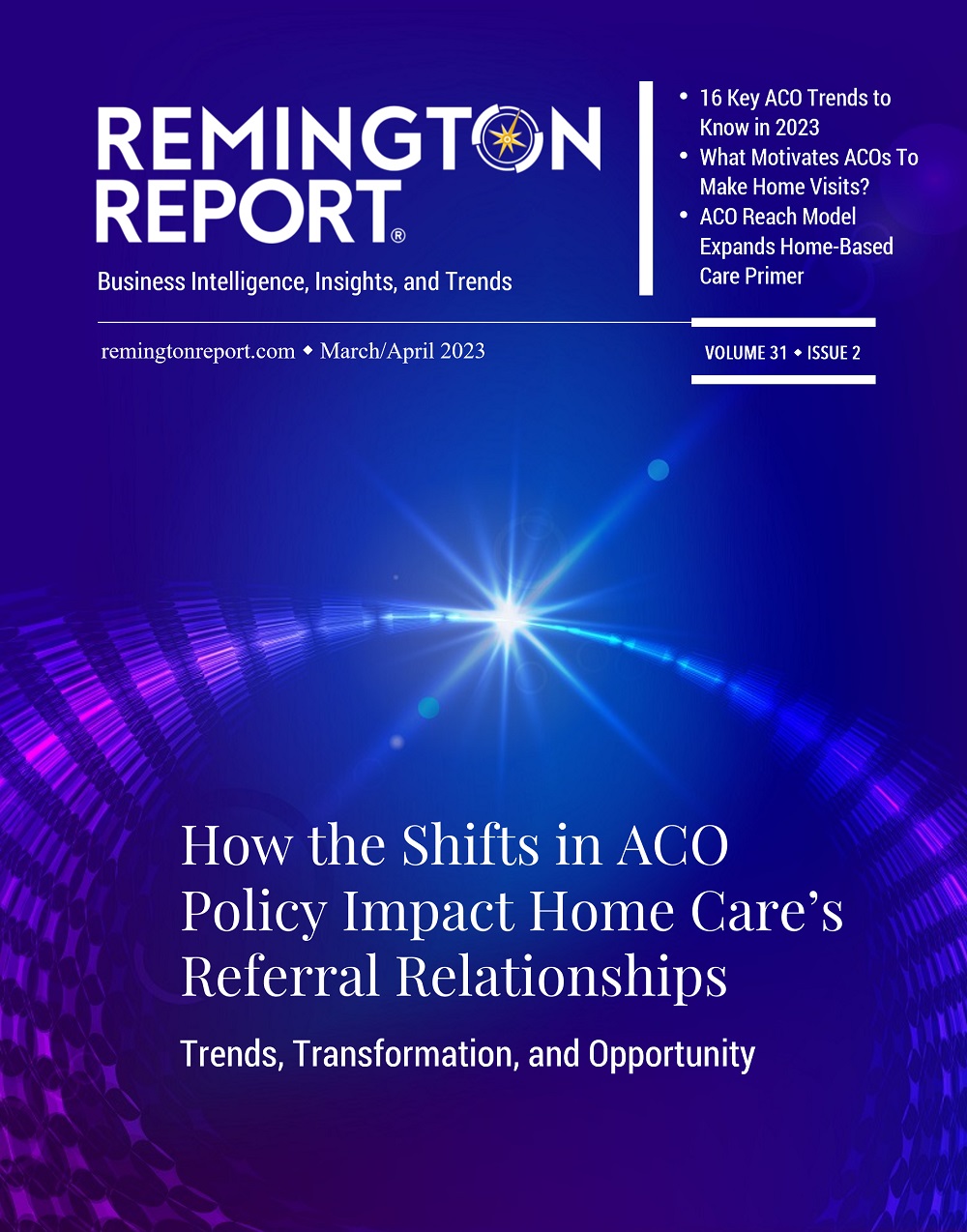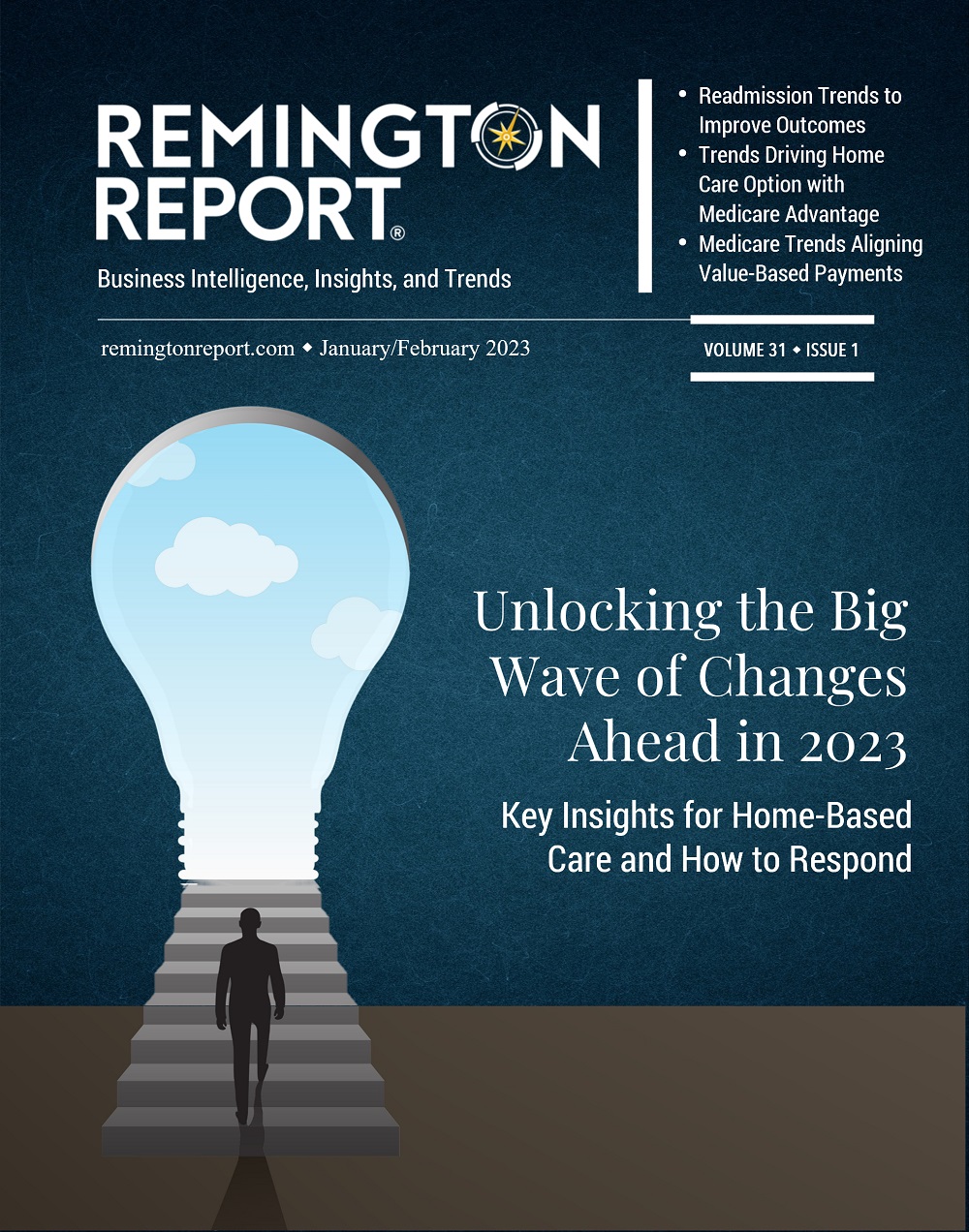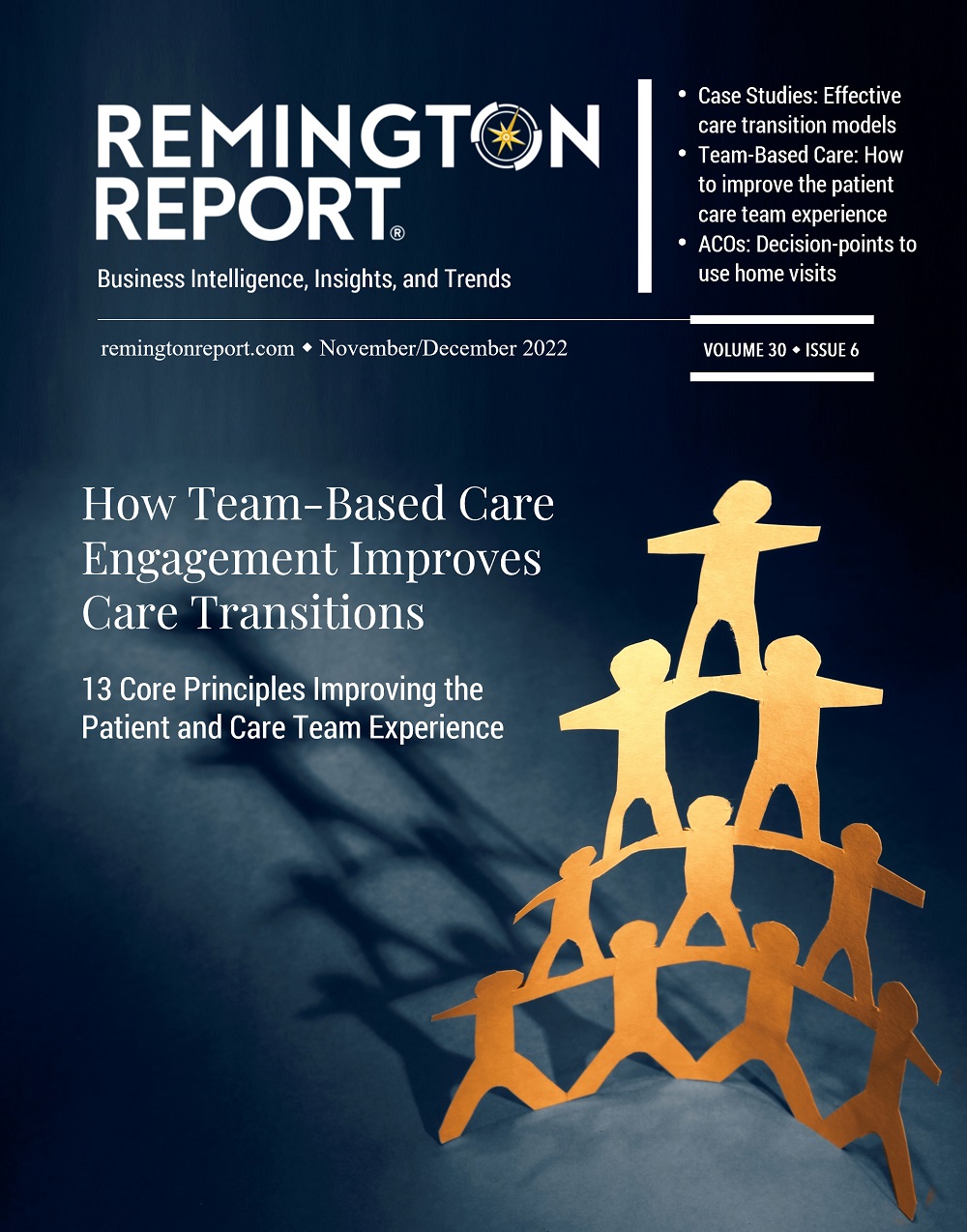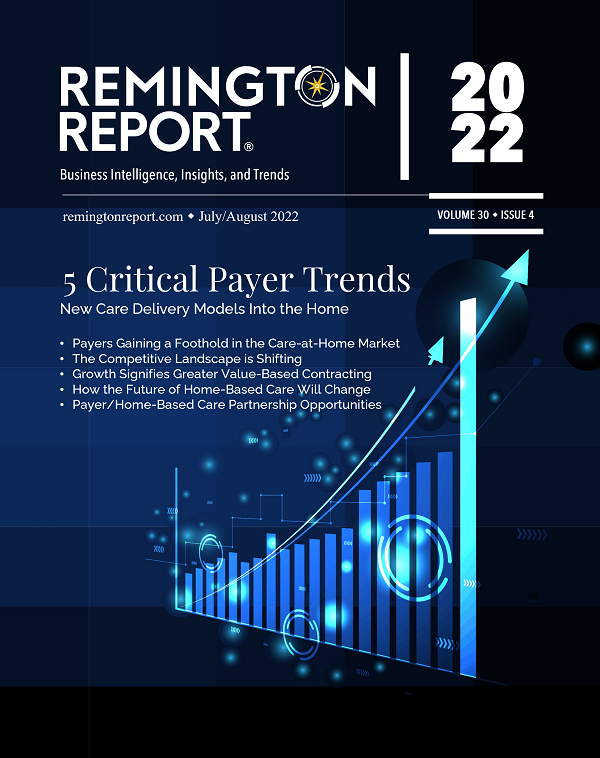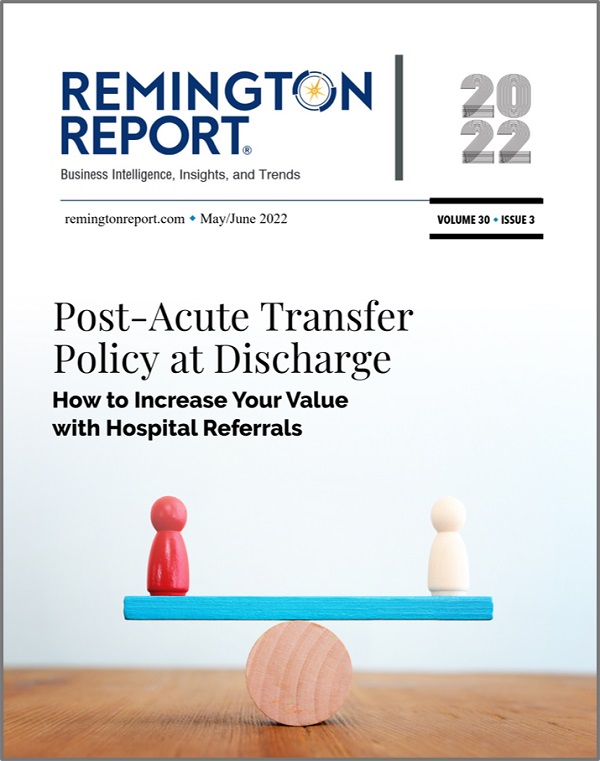Significant studies are questioning whether a 30-day interval for readmissions is the best measurement for penalties. We provide findings that can help providers look at their own data and explore solutions.
Many experts believe that hospitals with more frequent readmissions provide lower-quality care, but little is known about how the preventability of readmissions might change over the post-discharge time frame.
A study published in Annals of Internal Medicine looked at readmissions within 7 days of discharge from those between 8 and 30 days after discharge with respect to preventability.
The study covered 10 academic medical centers from April 2012 through March 2013 and included 822 adult patients. Of those, 301 patients (36.6%) were readmitted within 7 days after discharge; 521 (63.4%) were readmitted eight to 30 days after discharge; and 36.2% of early readmissions versus 23.0% of late readmissions were deemed preventable.
What Time Interval is the Highest Risk Factor for Readmissions?
Researchers found “early readmissions were more likely to be amenable to interventions within the hospital and to be caused by factors for which the hospital is directly accountable, such as problems with physician decision making.” They found that readmissions within the first 7 days after hospital discharge were more likely to be preventable than those within a late period of 8 to 30 days.”
- Overall, 36.2% of early readmissions vs 23.0% of late readmissions were preventable.
- Hospitals were identified as better locations for preventing early readmissions (47.2% vs 25.5%).
- Outpatient clinics (15.2% vs 6.6%) and home (19.4% vs 24.0%) were better for preventing late readmissions.
Overall, over 30% of readmissions were deemed to be preventable. Early readmissions were twice as likely to be preventable as late admissions. Hospitals were more likely to be the ideal location for interventions to prevent early readmissions, whereas outpatient clinics and patients’ homes were better locations for interventions to prevent late readmissions. Problems with premature discharge and physician decision making were identified more frequently as causal factors for early readmissions; post-discharge monitoring, end-of-life care, and advanced care planning affected late readmissions.
Causes for Readmissions
The researchers found that faulty physician decision-making was the number one cause of early readmissions, associated with 28.9% of the cases. Additionally, other decisions impacted readmissions.
- Premature discharge: 16.3% of cases
- Inadequate treatment during hospital stay: 14.3%
- Missed diagnoses: 10.6%
33.4% of cases were associated with difficulty monitoring and managing symptoms.
- 7% of cases – Lack of disease monitoring
- 0% – Overly long wait times for follow-up appointments
- 9% – Inability to make follow-up appointments
The authors recommend “multifaceted integration” between hospital care teams and primary care, with hospitalists focused on interventions to reduce mistakes that affect diagnosis and treatment planning. Hospitals should also examine whether internal incentives to increase throughput contribute to premature discharge and re-admissions. The study suggests that to reduce readmissions, it is important to coordinate care, including follow-ups and rehabilitation plans.
“Early readmissions were twice as likely to be preventable as late admissions. Hospitals were more likely to be the ideal location for interventions to prevent early readmissions, whereas outpatient clinics and patients’ homes were better locations for interventions to prevent late readmissions.”
On the outpatient side, multidisciplinary care management teams can improve post-discharge monitoring and coordinate follow-up appointments, the study adds.
“Shared accountability over the 30 days, possibly with weighted penalties by readmission timing, would engage outpatient practices in readmission reduction efforts and reduce unfair financial penalties on hospitals, which have negative downstream effects on the patients they serve,” the authors write.
“We believe that a 7-day cutoff would avoid inappropriate penalization while continuing to incentivize hospitals to develop processes of care that reduce re-admissions,” the researchers write. “This idea is supported by our finding that the hospital was identified as the ideal location for an intervention to reduce early re-admissions nearly half of the time, compared with about a quarter for late readmissions.”
“Taken together, these findings suggest that readmissions in the week after discharge are more preventable and more likely to be caused by factors over which the hospital has direct control than those later in the 30-day window,” researchers found.
| Top 5 principal diagnoses with the highest 7-day and 30-day readmission rates, 2014 | |||||
| Principal diagnosis at the index stay | Index stays | 7-day readmissions | 30-day readmissions | ||
| Rank | Ratea | Rank | Ratea | ||
| Total inpatient stays | 27,698,101 | – | 5.0 | – | 13.9 |
| Schizophrenia and other psychotic disorders | 374,097 | 1 | 9.0 | 2 | 22.9 |
| Alcohol-related disorders | 340,076 | 2 | 7.5 | 4 | 21.5 |
| Congestive heart failure; non-hypertensive | 795,709 | 3 | 7.4 | 1 | 23.2 |
| Heart valve disorders | 117,788 | 4 | 7.3 | 14 | 18.4 |
| Hypertension with complications, secondary hypertension | 223,396 | 5 | 7.2 | 6 | 20.9 |
a Rate per 100 index inpatient stays
Source: AHRQ
Another Study Supports That Readmissions Occur More Often Within 7-Days
Another study published in Health Affairs reviewed 66,741,340 hospital discharge records. Records were examined for risk-standardized 30-day risk of unplanned inpatient readmission at the hospital level for Medicare patients ages sixty-five and older in four states and for three conditions: acute myocardial infarction, heart failure, and pneumonia. The states: Arizona, California, Florida, and New York.
Four Key Findings About Readmissions:
- Hospital-level readmissions were low at the 30-day cutoff.
- Readmissions were higher within the first several days after discharge reaching the lowest point around seven days. This suggest that a five-to-seven-day interval would better capture hospital-attributable readmissions, particularly when compared to intervals of 30, 60, or 90 days.
- The hospital quality signal is higher in the first five days after discharge than at longer time periods, such as 30-days. This suggests that hospitals’ practices with respect to care coordination and post-discharge follow-up could have the greatest impact within the first few days after discharge.
The optimal interval for capturing hospital-level variation in the risk of readmission appears to vary across conditions. For example, the acute myocardial infarction patients had the greatest increase in hospital-level variation after the tenth post-discharge day.
Another interesting point about the study was readmissions occurring after seven days appear to be more susceptible to geodemographic characteristics that reflect the inherent social and community-related factors in the patient’s environment after hospital discharge.
Readmission Data For All Cause 7-Day and 30-Day (2014)
- For both 7-day and 30-day readmissions, the rate of readmission was highest among patients with Medicare, followed by patients with Medicaid, no insurance, and private insurance.
- Among Medicaid patients who were discharged with congestive heart failure or schizophrenia at the index stay, nearly 1 in 10 stays resulted in readmission within 7 days.
- Among patients readmitted within 30 days of an index stay for septicemia or schizophrenia, uninsured patients were more likely than patients with insurance to return within 7 days.
- In 2014, 14 percent of inpatient stays were readmitted within 30 days. More than one–third of these readmissions occurred within 7 days, reflecting a 7-day readmission rate of 5 percent.
Conclusion
Both studies found that the hospital quality signal, or hospital-level effect, is strongest within the first seven days after discharge. Factors outside the hospital’s control (community or household characteristics) might have a relatively large effect on readmission risk at longer intervals and reflect the cumulative quality of healthcare provided to patients. The studies question the current policy of 30-day readmission penalties, and whether that is an accurate barometer.

Lisa Remington is widely recognized as one of the foremost futurists in the home care industry, focusing on healthcare trends and disruptive innovation. She serves as the president and publisher of the Remington Report magazine and is also the President of Remington’s Think Tank Strategy Institute. Lisa provides strategic advice and education to over 10,000 organizations, assisting them in developing transformative strategies for growth and their future implications. She closely monitors complex trends and forces of change to develop effective strategic approaches.



